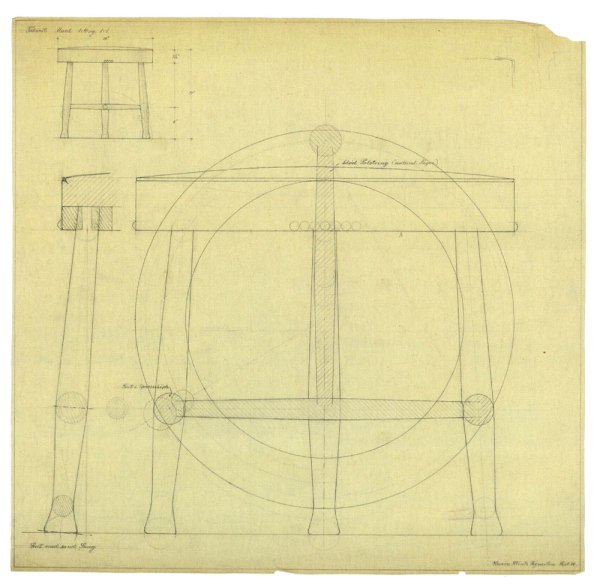
Kaare Klint’s introduction to his class on draftsmanship for joiners at the Copenhagen Technical Society’s School (1920-1921 school year):
As you might know, the school is quite new; we have only had one winter’s evening classes as a basis. I must consequently tell you a bit about our results from last winter.
We began, as we will now, with surveys of old furniture, first of all to see whether pupils had a complete understanding of ordinary projection drawing and whether they were able to work precisely, and secondly, to arouse their interest in old furniture traditions and culture….
Last year we began by surveying two different groups of furniture. One comprises the forms that were created by important artists. I consider furniture in the other group (of furniture pieces) that, through the work of several people, and through evolution over a period of time, have achieved the simplest utilitarian form….
(This) other form, the one that was created over a long period of time and for ordinary use, is the one that we will be especially concerned with this year here at the school. You need not the distinctive, but the common and exceedingly utilitarian form.
From days past, we have furniture to which experience has given a form that has not been significantly changed over the ages and can be used to full advantage this very day.
The beauty of this furniture depends on its perfect, simple structure and utility. Although the pieces come from different periods, they have this in common….
We will find the best of old constructions and with recent experience seek to create furniture with the best possible craftsmanship.
— excerpt from the “Kaare Klint” monograph by Gorm Harkaer, a production of the Klintiana project.